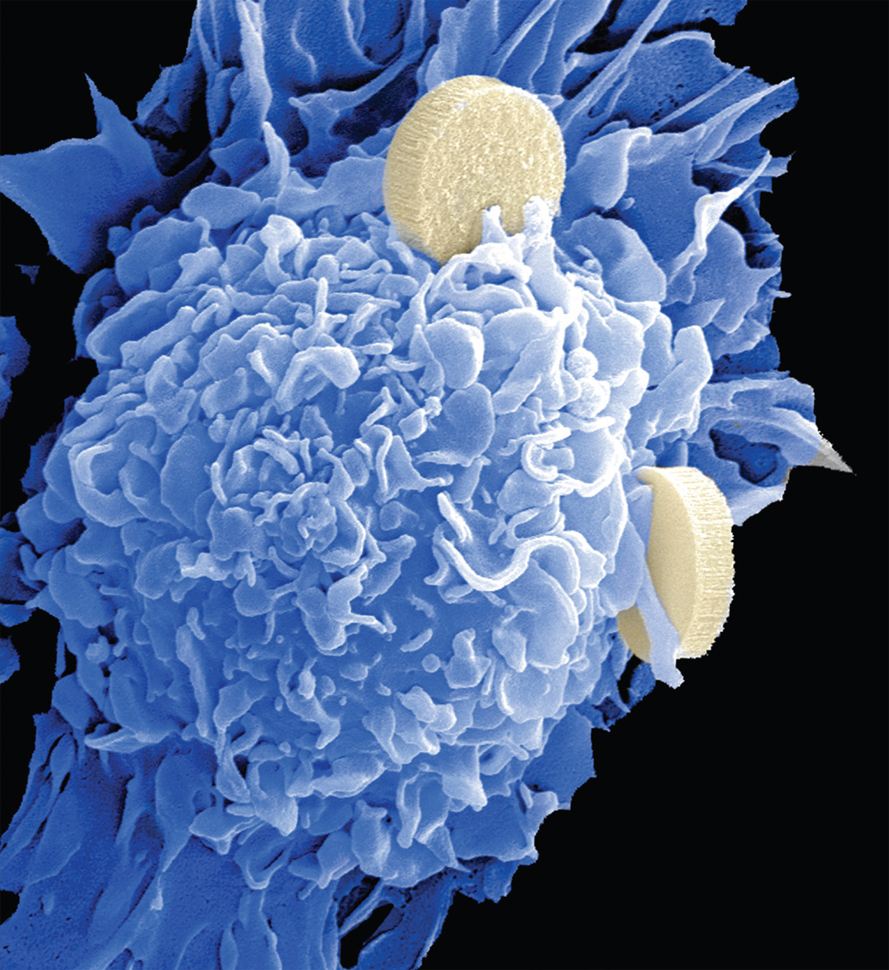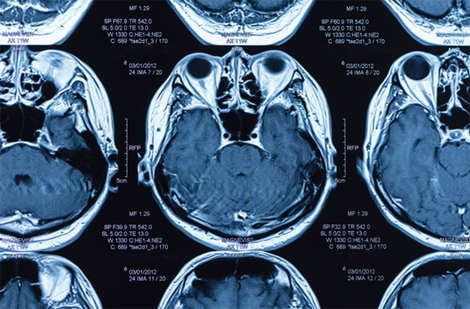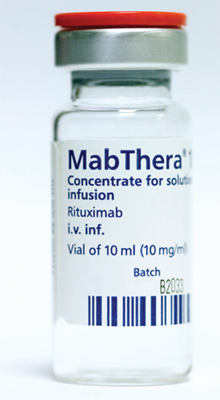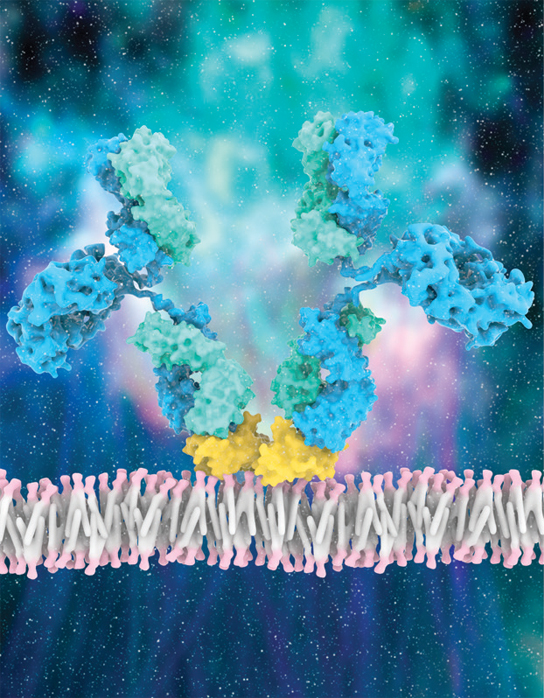Diagnosis, Treatment, and Prevention of Cancers:
Tremendous Progress But Much Left to Learn
Before the 1970s, cancer was often considered a single disease. Today, cancer is understood to be a collection of more than 100 diseases distinguished by the molecular changes that cause cancerous cells to develop and spread throughout the body. This greater understanding has led to exciting new targeted therapies that reflect both basic human biology and the differences between individuals. Increased recognition of the factors that can lead to cancer, such as tobacco use, diet, and obesity, has created better opportunities to prevent this disease.


1970s
Genetic Insights into the Mechanisms of Cancers
Prior to 1970, scientists knew that chemicals, radiation, viruses, and cigarette smoking could cause various cancers and that some kinds of cancers run in families. But only after discovering two important categories of cancer-related genes did they begin to learn the details of how DNA changes produce cancers. Oncogenes, when they change in particular ways, cause cells to grow out of control in the body. Tumor suppressor genes keep cancers from developing unless they are disabled by alterations in their DNA. Unraveling these molecular mechanisms has paved the way for cancer treatments to target proteins that modulate the activities of oncogenes and tumor suppressor genes.

1971
Support for Cancer Research
With cancers as the second leading cause of death in the United States, the 1971 National Cancer Act expanded the reach, power, and authority of the federal National Cancer Institute and boosted funding for cancer research. Funding from organizations like the American Cancer Society and from the American public further increased support for cancer research, which has led to major advances to effectively treat cancers.

1971
Imaging Cancerous Tumors
In addition to mammography with X-rays being used as a screening modality for breast cancer, the 1971 discovery that cancerous tumors could be distinguished from normal tissues using the technology now known as magnetic resonance imaging (MRI) allowed tumors to be more easily detected and identified, providing doctors with vital information to guide treatment plans. Positron emission tomography (PET) imaging subsequently provided even more information. Imaging tumors over time in experimental animals, especially when combined with molecular imaging methods, has shed light on the complex ways in which cancers grow and spread in the body.


1977
The First Targeted Cancer Therapy
Tamoxifen, originally developed for potential use in birth control pills, was approved by the U.S. Food and Drug Administration in 1977 as a treatment for breast cancer. The first of what has become a long line of targeted cancer therapies, tamoxifen blocks estrogen receptors in breast tissue to slow or stop the growth of cancerous cells and has been used not only to treat but also to prevent certain types of breast cancers.


1984
Discovery of the HER2 Breast Cancer Gen
In 1984, researchers discovered a new oncogene in rat cells that they named “neu.” In humans, this gene is called HER2, and its expression is overactive in about 20 percent of all breast cancer tumors, which causes abnormally rapid cell growth. Drugs that target HER2 have revolutionized the treatment of this kind of cancer and have pointed the way toward other individualized cancer therapies. For example, in 1997 the U.S. Food and Drug Administration approved a monoclonal antibody known as rituximab to treat patients with particular kinds of non-Hodgkin lymphoma, marking the first monoclonal antibody licensed for cancer treatment in the United States.

1991
Genes Involved in Cancers
In 1991, scientists discovered that damage to the adenomatous polyposis coli gene can initiate two forms of colon cancer—an inherited type that causes a person to develop hundreds of polyps in the large intestine, which become cancerous early in life, and a non-inherited variety that causes cancer later in life. Soon an increasing number of genes were being linked with cancers. Between 1993 and 1995, mutations in genes in DNA repair systems were found to be associated with the development of Lynch syndrome, the most common cause of hereditary colon cancer. Mutations in the gene BRCA1, discovered in 1994, and BRCA2, discovered in 1995, were found to be responsible for hereditary breast and ovarian cancers. The discoveries led to tests that look for mutations in these genes, facilitating prevention and early detection in women who carry the mutations.

2011
Increased Survival of Prostate Cancer Patients
First approved for medical use in 2011, abiraterone acetate is a medication used in combination with prednisone (an immune-suppressing corticosteroid) to treat particular types of prostate cancer. This drug suppresses the production of androgens, such as testosterone, to prevent hormone-induced cancer growth. The approval of this drug provided a second line of defense to patients with advanced prostate cancer that was unresponsive to first-line treatments, and why patients often develop resistance to immunotherapies.

2011
Mounting an Immune Response to Cancer
Sometimes, cancerous tumors produce molecules that trick the immune system into ignoring the threat that the cancer poses to the body. Decades of research into the role of the immune system in cancer led to the development of immune checkpoint therapy, in which the immune system is induced to destroy rather than ignore cancerous cells. The U.S. Food and Drug Administration approved the first checkpoint inhibitor, ipilimumab, in 2011 for the treatment of advanced melanoma, and more checkpoint inhibitors have become available since then. Today, scientists are seeking to understand why some patients respond well to immunotherapies while others do not.

2020s
Reducing the Toll of Cancer
In 2020, more than 19 million people worldwide received a cancer diagnosis and almost 10 million people died from the disease. Together, the four most common types of cancer—breast cancer, lung cancer, colorectal cancer, and prostate cancer—account for more than 40 percent of global cancer prevalence. Reduction in cancer incidence will require not only continued scientific advances but also increased awareness, commitment, and effort across all sectors around the prevention, diagnosis, and treatment of cancer.

Personalized therapies based on biomedical research have transformed the treatment of cancer, even as public health efforts such as anti-smoking and vaccination policies have lowered rates of preventable cancers. Still, more than half a million people die of cancer each year in the United States alone. Future cancer treatments could involve robotic surgery, nanotechnology, stem cells, vaccines, and alterations in the microbiome.




